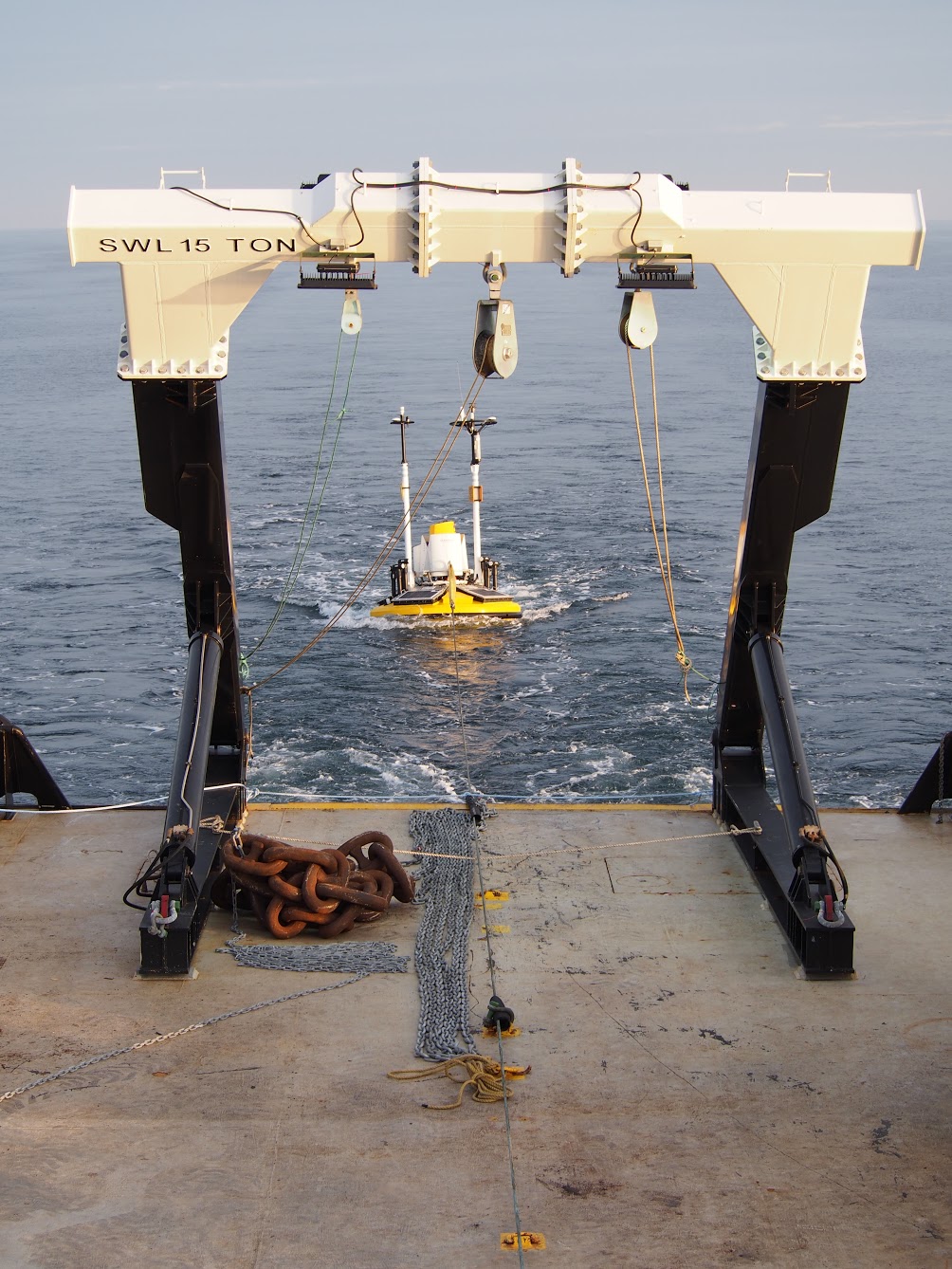Two research buoys deployed this week off Atlantic City, N.J., are collecting atmospheric and weather data and tracking migrating wildlife in preparation for the Atlantic Shores offshore wind energy project, according to the developers.
Anchored over the developers’ federal lease that extends from off Atlantic City north to Long Beach Island, the buoys’ data collection will help scientists studying the Mid-Atlantic “cold pool” – the seasonal temperature stratification that’s critical to marine life in the region.
The buoy deployment is the latest stage of progress for Atlantic Shores as they continue to study their Lease Area for the eventual build out of over 3 gigawatts of offshore wind. While progressing their portfolio of projects, the developer continues to work with state universities conducting atmospheric and migration research off the New Jersey coast.
Last year, Atlantic Shores and Rutgers University Center for Ocean Observing Leadership collaborated on the installation of a wind LiDAR (light detection and ranging) instrument alongside the causeway leading to the Rutgers University Marine Field Station near Tuckerton, N.J.
RUCOOL will use some of the data collected from the upcoming buoy deployment and the ongoing wind LiDAR installation to evaluate the Rutgers University Weather Research Forecasting atmospheric modeling system.
“The publicly available Lidar data provided by ASOW has allowed us to evaluate and validate the Rutgers University Weather Research and Forecasting (RU-WRF) atmospheric modeling system at wind turbine hub heights off the coast of New Jersey,” said Travis Miles, an assistant professor at the Rutgers Center for Ocean Observing Leadership, Rutgers University. “These types of hub-height wind data have historically had very limited availability in the Mid-Atlantic region, and have been critical to improving and developing our wind forecasting capabilities."
“We are thrilled to progress the study of our Lease Area and provide data to institutions such as Rutgers University,” said Jennifer Daniels, Development Director from Atlantic Shores. “The analysis that students, faculty and our team will conduct is essential to further develop our knowledge of the Lease Area’s atmospheric and ecological conditions. Atlantic Shores leads with science, and we are proud to collaborate with one of the state’s leading academic institutions to deepen the body of research on coastal New Jersey waters.”
This fall sensors will be added to the buoys begin collecting migration and stop-over data of turtles, bird species, fish and other species which may be nanotagged, including bats and large insects. The sensors will collect data on the unique signature emitted by each tag, including animal location, migration speed between points, length of stop-over and other aspects about their behavior and conservation.







